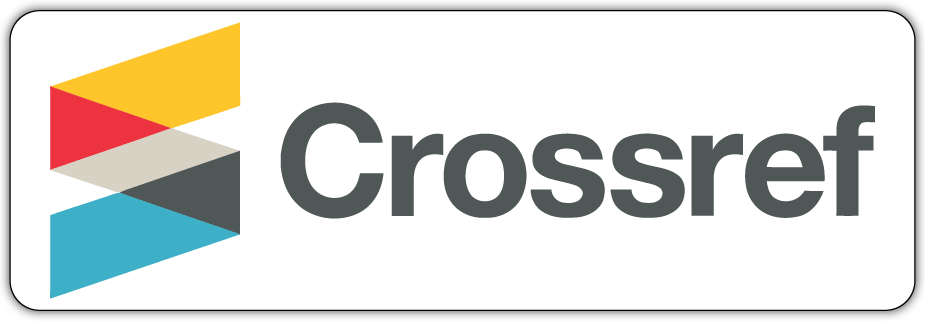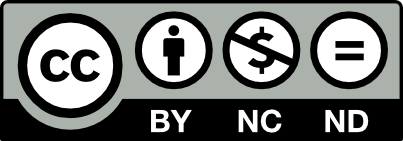Original Article
Pashupati Chaudhary, Ashish Kumar Pandey, Yam Bahadur Gurung, Dipendra Mishra.
Original Article
2023-07-18 14:25:20
ABSTRACT
Introduction: Calcaneum is the most commonly fractured tarsal bone and account for approximately 2% of all fractures. Controversy continues regarding the management of calcaneal fractures. Earlier conservative management was preferred, and surgical management considered inappropriate for these fractures. This trend is gradually changing with better understanding of disabling nature of injuries in combination with improved implant and routine use of intra-operative imaging. However, still clinical evidence supporting operative treatment is limited and complications are frequently documented. Thus, this study aims to investigate the functional and radiological outcome of intra-articular calcaneal fracture treated with calcaneal plate
Methods: This study is a prospective analytic study. The study was conducted in the Department of Orthopaedics, B.P Koirala Institute of Health Sciences, a tertiary care hospital in Eastern Nepal, over a period of twelve months from September 2018 to August 2019. Patients presenting with calcaneal fracture were screened for eligibility by clinico-radiological evaluation. Twenty-eight cases that presented to BPKIHS and gave consent and fulfilled the inclusion criteria were selected. Two cases were lost to follow up. So, 26 cases of were included in the final analysis.
Results: Average age of the patients was 32 years (22-54) years. There was male predominance with M:F ratio of 10:3. Most common mode of injury was fall from height (24) followed by RTA (2). Sanders’ type 2B was the most common fracture pattern. There was significant improvement in Bohler angle (25.1°), calcaneal height (4.3cm) and width(3.9cm). Average AOFAS score at final follow up was 81.4 (81% had score > 75). Average VAS score at final follow up was 7.9±1.3.
Conclusion: Open reduction and internal fixation with plate is associated with good clinical and functional outcome in Sander type II and III fractures. With good surgical techniques, improved implant and proper use of fluoroscopy, proper restoration of Bohler angle, calcaneal height and width can be achieved.
Key Words: Calcaneum, Intraarticular, Plate fixation.





